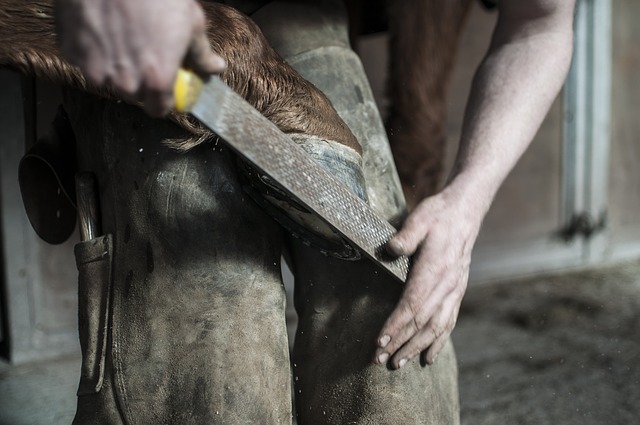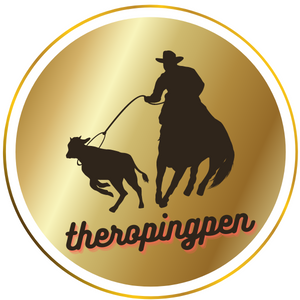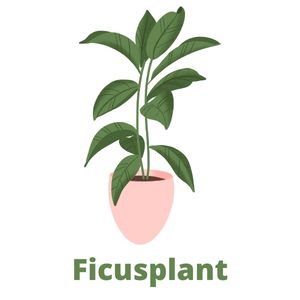Every experienced horse breeder knows that horses need to be cleaned daily, as well as monitor the condition of all four hooves.
How to Care for a Horse’s Hooves Source
Care for the horse’s hooves consists of daily inspection, hoofing of the hooves and, if necessary, lubrication with special oils and ointments. After a day’s work, it is best to rinse the contaminated horse legs with clean water. The sole of the hoof and the arrow are cleaned of dirt and manure. After every month and a half, an overgrown dead horn is removed from the hoof, as it can cause bumps.
Feet for inspection
Already from three to four months it makes sense to begin to gradually accustom your foal to the provision of legs for examination. But how to ask the animal to give a foot? First, the foot is stroked with vertical movements, then, without taking it off the ground, it is covered with hands. Then you need to ensure that your foal freely allows you to lift your foot from the ground. If the foal is calm, then reward him with a treat – a slice of something tasty that he loves.
If he begins to “beat off” backwards, then verbally express his dissatisfaction with his behavior, and if this does not help, you can use the whip (of course, “idle”). The horse is a herd animal, and in the herd the priorities are placed by force.
Horse unwinding
After the foal gets used to giving any of its legs, accustom it to untwisting. Loosening is an important consideration when caring for a horse’s hooves. A hook can easily remove sticky dirt or stuck debris from a hoof. Also, after about six months, begin to train your horse to endure other possible tools: a rasp, a knife.
In especially difficult cases, when it was not possible to train a horse to give legs for inspection and forging, or if you are dealing with a strict horse, then modern veterinary medicine comes to the rescue. An animal is given an injection of tranquilizers (for example, vetranquil – 5-10 cubic cm intravenously or intramuscularly on a horse, or a potent home-sedan – 1 cubic cm intravenously).
It is recommended to inspect the horse’s hooves daily during cleaning. If you find creases on the hooves, they should be sawn with a rasp or cut with a sharp knife, and the stuck pebbles should be hoisted with a hoof hook. If the hoofed horn is too dry and crack, grease its wall with special hoofed ointment or bonfire oil.
Horse forging
If your animal runs regularly on asphalt or other hard surface, it may be worth wearing horseshoes. About horse forging is our separate article. Before the next forging, carefully remove the wearable horseshoe, and then cut the old overgrown horn with a hoofed knife. This should be done very carefully, especially with flat hooves. Then clear the arrow from the dead horn, as well as the grooves with a knife or rasp. Take a measurement to make a horseshoe. The horseshoe itself must be properly fitted to the hoof. For the convenience of wearing horseshoes, a horse is usually reforged after one and a half months.
Keep in mind that the constant wearing of horseshoes by horses is dangerous to the health of an important organ of the animal – hooves! The fact is that the hoof when walking from the influence of the mass of the horse should slightly open, stretch. With this pressure, blood rushes with particular force into the limb and brings nutrients to all tissues. The horseshoe does not allow the hoof to properly open at the step, which leads to stagnation of blood, weakening of the nutrition of limb tissues. Prolonged wearing of horseshoes can lead to serious diseases of the horse’s legs.
For example, in modern clinics for horses (and there are some, they are especially popular today in Europe), all pets are simply obliged to go for walks, providing a full blood supply to all organs and tissues. In this case, recovery is faster than with stall animals. “Putting a horse in a stall is a big mistake, and it costs too much to the horse itself,” says the doctor of one of these clinics. “It is possible that for a dog or cat, such a statement is incorrect, but the horse is too dependent on movement.”





Comments are closed.